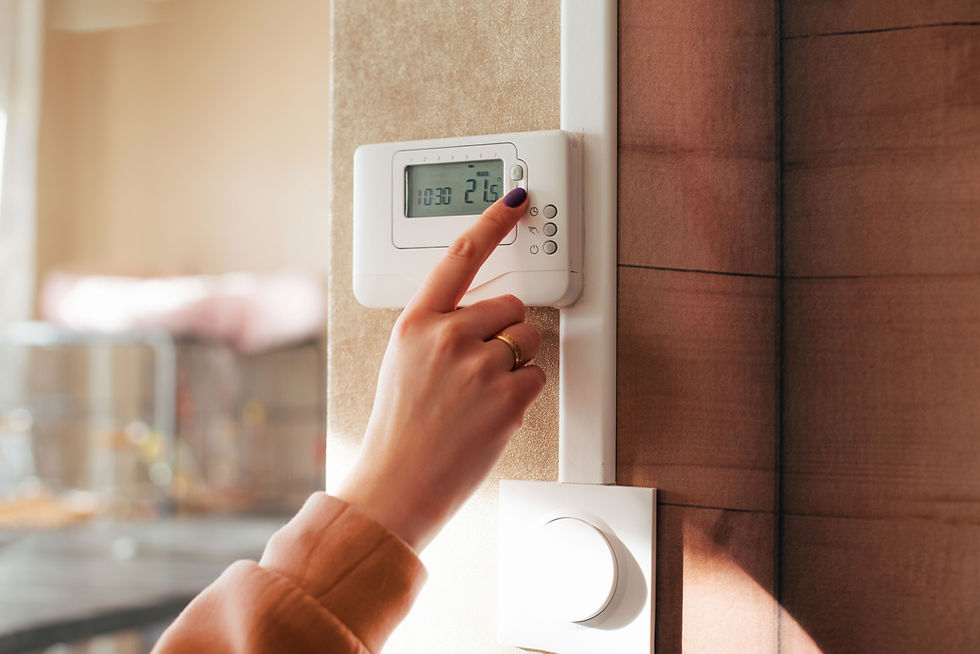Leaves Are Supposed To Fall; People Aren’t!
- laurie-buehler
- Nov 1, 2020
- 3 min read
November is Falls Prevention Month. This however is something that we need to be mindful of every day! Falls are not a normal part of aging. They are one of the main reason older adults lose their independence. How can we be proactive and reduce our risk of having a fall?
We can have a plan! Taking small steps can keep us from having a fall.
STEP 1 – Use assistive devices to help you!
Handrails, grab bars, raised toilet seats, bath seats, non-slip mats, night lights, these are all devices that can be installed to make your home and you feel safer. Having a little extra support is sometimes all you need.
When walking you can use devices such as a walking poles, a cane or walker which may improve your posture and give you a feeling of security. Think of them as a friend to assist you along the way. Walking can be part of an exercise program to keep you physically active.
Make sure you are wearing appropriate footwear. Shoes need to be fitted properly, be supportive, low-heeled and have good traction. They are supporting your whole body so we shouldn’t be able to fold them in half like a napkin.
STEP 2- Exercise regularly!
The Canadian Physical Activity Guidelines suggests “To achieve health benefits, and improve functional abilities, adults 65 years and older should accumulate at least 150 minutes of moderate, to vigorous intensity aerobic physical activity per week, in bouts of 10 minutes or more. It is also beneficial to add muscle and bone strengthening activities using major muscle groups, at least 2 days per week. Those with poor mobility should perform physical activities to enhance balance and prevent falls.”
Everyone can benefit from balance training exercises not just those with poor mobility. If we move throughout our day we can achieve this. Activities like hanging out the laundry, dancing to your favorite song, taking the dog for a brisk walk, taking the stairs or gardening can all help to improve our muscle strength, coordination and balance and help prevent falls.
You can go to a gym, take a specific balance class like tai chi, yoga or talk to a physiotherapist, personal trainer to set you up with appropriate exercise program. Find something that you enjoy so you stick with it. Two of my favorite sayings when it comes to exercise: Start low and go slow, and sit less and move more!
STEP 3- Look for Hazards!
Being aware of your surroundings can help reduce your risk of having a fall. Do a home safety check. Look for tripping obstacles such as spills, scatter rugs, extension cords. Be mindful if you have pets they often like to play at our feet. Keep walkways clear of clutter and well lit. Watch for uneven surfaces such as sidewalks especially once the snow starts falling. Taking your time and being mindful will help you stay upright.
And last but not least STEP 4 Take care of yourself!
Work with your health team: doctor, physiotherapist, chiropodist, optometrist, occupational therapist, dietitian, pharmacist and the list can go on and on, they each play a role. Having regular check-ups will allow you to communicate your concerns/fears and this will allow for appropriate treatment. Staying healthy limits your risk of disease and disorders and puts you at lower risk for falls. Working together to look after yourself keeps you safe.
Remember leaves fall not people unless you’re falling in love.
Take care, and keep moving.
Laurie Buehler








Comments